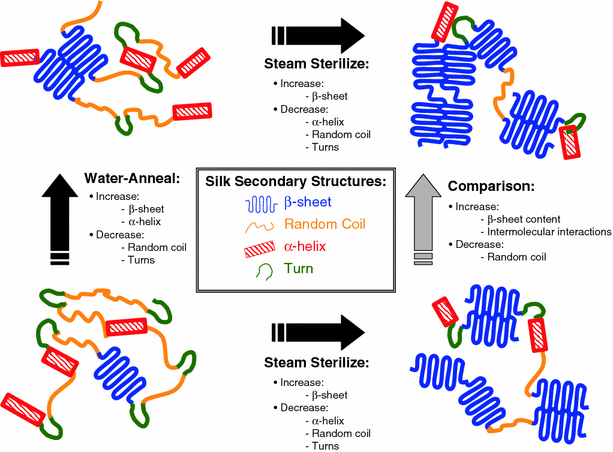
Fibronectin type III “monobodies” (20) and designed ankyrin repeat proteins (21) are structurally similar to these immune scaffolds. The use of antibodies, (6) antibody fragments, (18) and leucine-rich repeats (19) presumed that their natural function for high affinity binding will serve as a starting point for scaffold engineering. Previously established scaffolds have been discovered based on an evolutionary or mechanically themed hypothesis. Thus, to advance the understanding of de novo protein discovery and evolution, as well as to advance technological capability for ligand engineering, we sought to develop a platform to elucidate the factors that dictate scaffold performance and to identify new scaffolds. (16,17) The diversity of topologies and physicochemistries of published scaffolds and the paucity of data on unsuccessful scaffolds preclude an understanding of the biophysical features that allow the development of binding functionality. (12−15) Protein scaffolds offer novel topologies and differential size, allowing for unique binding interfaces and tunable pharmacokinetic properties. (9) To date, numerous protein scaffolds have been engineered to obtain strong affinity toward clinically relevant targets, (10,11) while some have entered clinical trials. (7) A functional protein ligand scaffold must be able to evolve new, specific binding function upon mutation of the paratope (8) and possess optimal developability properties (e.g., stability, solubility, and expression) for downstream use. One particular function, molecular recognition via binding ligands, has ubiquity in natural biology and broad technological utility in targeted molecular therapies (6) and diagnostics. One strategy to facilitate discovery is the use of a protein scaffold (4,5) comprising a conserved framework to provide biophysical robustness and a variable active site to provide diverse function. (3) Given the relative barrenness and tortuosity of sequence space, (2) efficient strategies are needed to achieve successful de novo discovery. While minimal amino acid mutations can yield dramatic enhancements in functional performance via evolution, (1,2) discovery of completely new function typically requires greater leaps in sequence. Proteins have evolved to empower a broad array of functionality. Future iterations of protein scaffold discovery and evolution will benefit from a combination of computational prediction and knowledge of initial developability properties. We further explain the necessity for initial developability by observing a decrease in proteolytic stability of protein mutants that possess binding functionality over nonfunctional mutants. Our results support this connection between developability and evolvability by demonstrating a relationship between protein production in the soluble fraction of Escherichia coli and the ability to evolve binding function upon mutation. Previous protein engineering endeavors have suggested that starting with a highly developable (high producibility, stability, solubility) protein will offer greater mutational tolerance. Model analysis suggests a large, disconnected paratope will permit evolved binding function. Regularization deduced which extracted features best predicted binding functionality, providing a 4/6 true positive rate, a 9/11 negative predictive value, and a 4/6 positive predictive value. Twenty topological and biophysical properties were calculated for 787 small protein scaffolds and reduced into independent components.

The ability of 17 small proteins to evolve binding functionality across seven discovery campaigns was determined via magnetic activated cell sorting of 10 10 yeast-displayed protein variants. We present an algorithm to predict a protein scaffold’s ability to evolve novel binding function based upon computationally calculated biophysical parameters. Although numerous protein scaffolds have been discovered, the underlying properties that permit binding evolution remain unknown. Protein scaffolds aid evolution via a conserved platform on which a modular paratope can be evolved to alter binding specificity.

Evolving specific molecular recognition function of proteins requires strategic navigation of a complex mutational landscape.


 0 kommentar(er)
0 kommentar(er)
